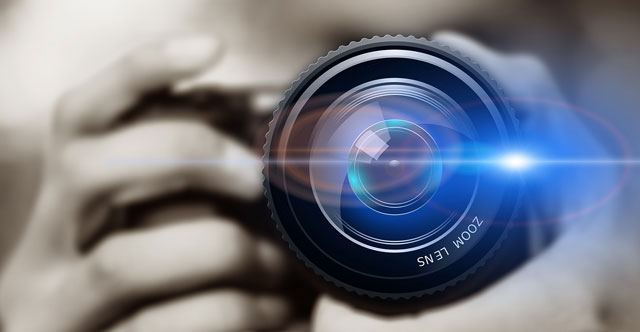
Cameras are truly wonderful inventions because they have provided us with the means to preserve memories so we can always have a way to relive the experiences we’ve had, whether those were happy or not-so-happy moments. From the very old cameras that shot photos in black and white, to the newer ones that captured colored images which can be developed and printed from negatives, and eventually to the digital ones that allowed editing and instant printing, it’s not difficult to see how much cameras have evolved. And its evolution hasn’t stopped yet.
Enter single-pixel cameras. They’re basically cameras that are capable of capturing an image from a single point. How? By using that single point to detect light that’s randomized in some way, recording the data — the intensity of light, then repeating the process over and over until a full image is produced. The resolution of the final image depends on how much data is collected. In other words, the more times the process of light detection is repeated, the better the resolution and the clearer the image will be.
The consistent high resolution images produced by single-pixel cameras are impressive enough. And now a team of Chinese scientists from Xi’an Jiaotong University in China have found a way to make a single-pixel camera even more impressive — by giving it the ability to see around corners.
Based on information reported by MIT Technology Review, seeing around corners was done by using the same concept behind what makes single-pixel cameras work, that is, using randomized light detection and recording the changing light intensities many, many times to come up with a high-resolution image. Following this approach, the team was able to produce a picture using light scattered on a wall, from an object their camera could not see directly.
According to the report, the team’s setup was a simple one. They made use of a toy airplane; set it up next to a white wall that diffuses light in the direction of a single pixel that can’t see it directly; lighted it up in a way that it projects a random pattern of illuminated squares, with the pattern changing with each exposure; let the pixel record each pattern; repeated the process 50,000 times; then used a data-mining algorithm to compile each recorded pattern until an image was produced.
While the resulting image is kind of blurry, it’s clear enough to show that it’s the image of an airplane. And that’s the beauty of the invention — there’s a lot of room for improvement, which means there will have to come a point when the final image will be enhanced enough to be clearly visible. The greatest challenge will likely be on how it can be used not just for stationary objects, but for moving objects too.
Although the Chinese team did not specify potential uses for their device, it’s not difficult to imagine what it can be used for — self-driving cars, inspection of unsafe or hazardous locations, medical diagnostics, and space exploration are just a few we can think of. But there are many more for sure. The device just has to be perfected first.

Leave a Reply